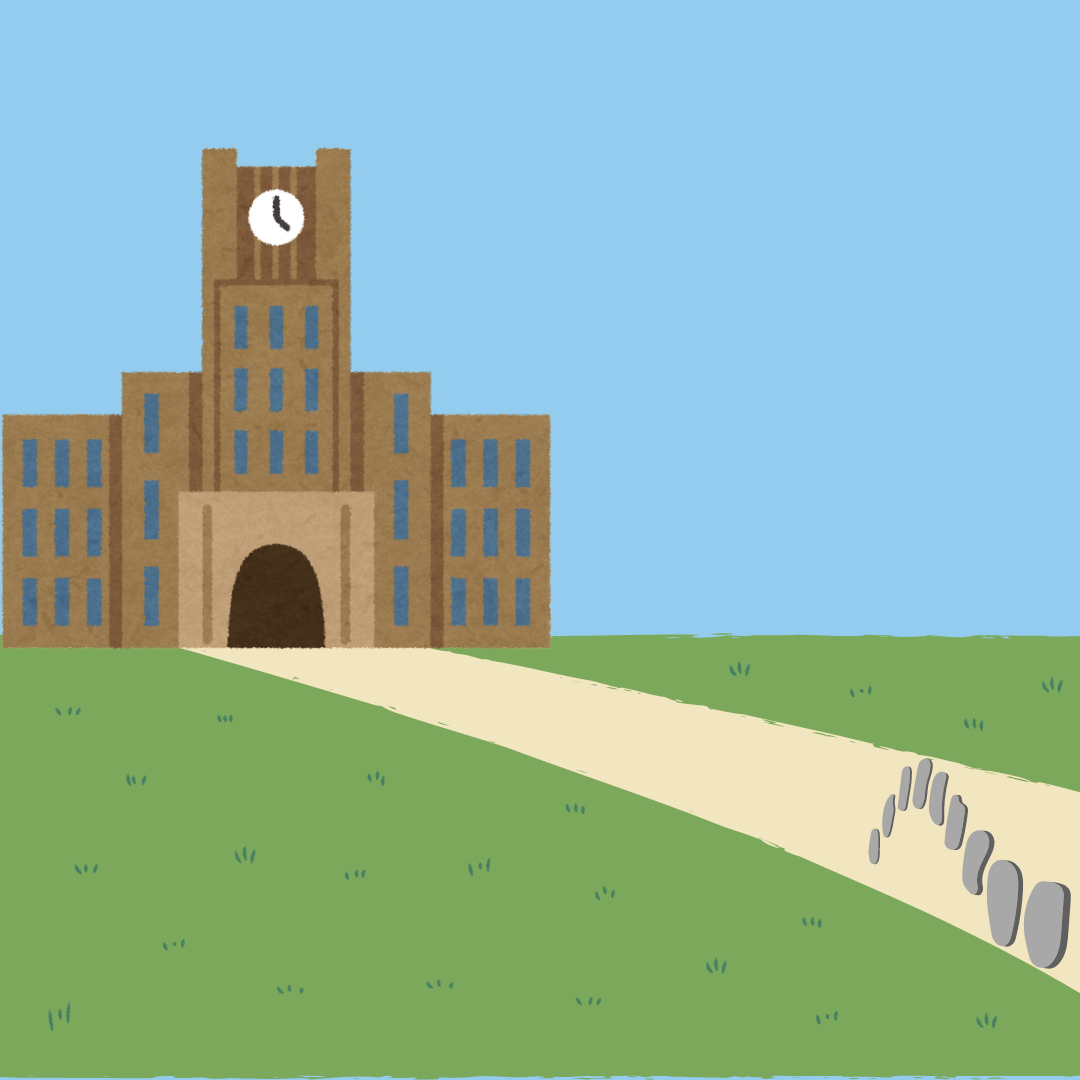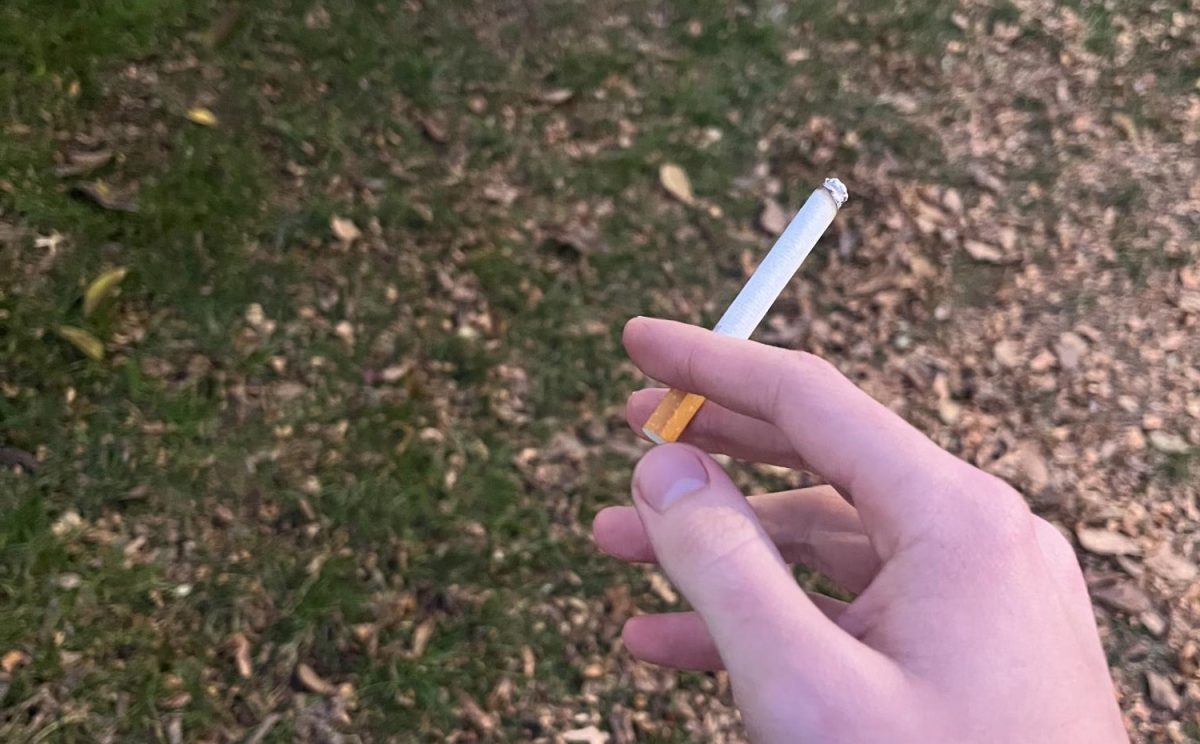For many years, there has been a man-made dirt path in the grass along Walsh Hall on campus where students cut across to shave time on their walks, known as a “desire path.” These are walkways formed by footsteps on grass, usually for convenience or, in our case, a way for students on college campuses to make their walks to and from class the most efficient. A few weeks ago, Fordham paved that dirt path, a development which is long overdue.
Desire paths are generally the quickest and most convenient way to get from location A to location B, if not present via paved walkway. Desire paths are an obvious signal as to where pathways should be, and they highlight the question of why a path isn’t already there. The Guardian has described desire paths as “the tension between the native and the built environment and our relationship to them.” This disturbance of grass in the ground shows the respect people have towards the paved paths laid out. It shows how strongly they feel about a route and whether or not it is worth their while. A desire path shows the unification of society against the norm; we are straying from the path set out for us and creating our own.
Some may claim that desire paths are lazy or superfluous, that there was no reason for Fordham to pave this short walkway. But students cannot be forced to stop walking along their own created paths, so paving the desire path means that there will be less dirt in our shoes after walking on it and less likelihood that we will trip on the rocky surface and mounded dirt. Having desire paths paved is also beneficial to those with disabilities, allowing students with accessibility needs to also use the more efficient pathways to a destination. In the winter, desire paths often become blanketed with snow, meaning the only pathways provided are those the plow decides on. But when these desire paths are paved, the snow will be removed from the walkway, and it will no longer take an excess amount of time for students to get to and from class in the cold. This, again, will allow everyone to use the path most convenient so they can get out of the cold air quickly.
Desire paths tell landscapers where people want to walk. They represent what people want to do rather than what they are told. It is necessary for desire paths to be paved for not only the convenience of students, but for their safety as well. While desire paths are popular due to herd mentality, they can also be dangerous, whether it be due to obstacles in the path, or the overall imperfect ground of the path that could cause injuries.
Many times, I have cut across one of the Fordham lawns using a desire path in order to get to class faster. There are numerous other places on Fordham’s Rose Hill campus where desire paths are forming due to inconvenient walkways. One example is Martyrs’ Lawn. The walkways on that lawn are oddly arranged. If one wants to walk straight to the library or to the road towards Duane, there is no path to do that in the quickest way. The next place Fordham should consider creating a new path is there. Although it is a pleasant lawn area to sit outside when it’s nice out and would be a shame to have that space limited with a walkway, one walkway in the middle of the lawn would be suitable for convenience. Until then, students must deal with cutting through the lawn as they make a new desire path, settling for pebbles in shoes or mud caked on the soles. So for now, Fordham students are paving the way for the most convenient path on campus, one that will take us to and from class in the shortest amount of time.
Sophie Maselli, FCRH ’26, is an English major from Milford, Conn.







































































































































































































